Rising Demand for Protein Alternatives
The Duck Meat Products Market experiences a notable increase in demand for protein alternatives, driven by a growing consumer preference for diverse protein sources. As health-conscious individuals seek to reduce red meat consumption, duck meat emerges as a viable option due to its rich flavor and nutritional profile. In recent years, duck meat has gained traction among consumers looking for leaner, high-protein options. This shift is reflected in market data, indicating a steady growth rate of approximately 5% annually in duck meat consumption. The Duck Meat Products Market is likely to benefit from this trend as more consumers incorporate duck into their diets, seeking both taste and health benefits.
Culinary Trends and Gourmet Experiences
The Duck Meat Products Market is significantly influenced by evolving culinary trends that emphasize gourmet experiences. Chefs and home cooks alike are increasingly experimenting with duck meat, incorporating it into various cuisines and innovative dishes. This trend is supported by the rise of food shows and social media platforms that showcase duck recipes, enhancing its visibility. Market data suggests that the gourmet food segment, which includes duck meat, is projected to grow by 6% over the next five years. As consumers seek unique dining experiences, the Duck Meat Products Market stands to gain from this culinary renaissance, appealing to adventurous eaters and food enthusiasts.
Health Benefits and Nutritional Awareness
The Duck Meat Products Market is experiencing a surge in interest due to the health benefits associated with duck meat. Rich in essential nutrients, including protein, vitamins, and minerals, duck meat is increasingly recognized for its nutritional value. As consumers become more aware of the health implications of their dietary choices, duck meat is positioned as a healthier alternative to red meat. Market data indicates that the demand for lean protein sources has risen by 20% in recent years, with duck meat being a preferred choice among health-conscious consumers. This trend is likely to propel the Duck Meat Products Market forward, as more individuals seek nutritious and flavorful options.
Sustainability and Ethical Farming Practices
Sustainability concerns are becoming paramount in the Duck Meat Products Market, as consumers increasingly prioritize ethically sourced and environmentally friendly products. Duck farming, when conducted responsibly, can have a lower environmental impact compared to traditional livestock farming. This awareness is prompting consumers to seek out duck meat that is produced through sustainable practices. Market data indicates that approximately 30% of consumers are willing to pay a premium for sustainably sourced meat products. As the demand for ethical food options rises, the Duck Meat Products Market is likely to see a shift towards more sustainable farming practices, aligning with consumer values and preferences.
Expansion of Retail and Distribution Channels
The Duck Meat Products Market is benefiting from the expansion of retail and distribution channels, making duck meat more accessible to consumers. Supermarkets, specialty stores, and online platforms are increasingly offering a variety of duck products, catering to diverse consumer preferences. This expansion is supported by market data showing a 15% increase in the availability of duck meat products in retail outlets over the past two years. As consumers become more familiar with duck meat and its culinary uses, the Duck Meat Products Market is poised for growth, driven by enhanced accessibility and convenience in purchasing.


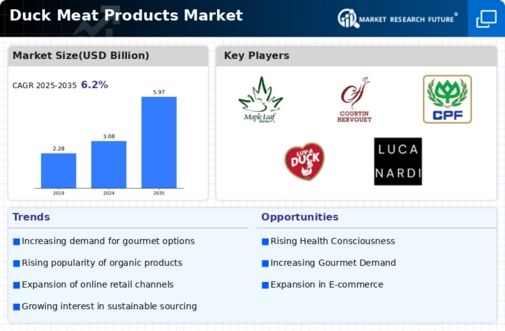


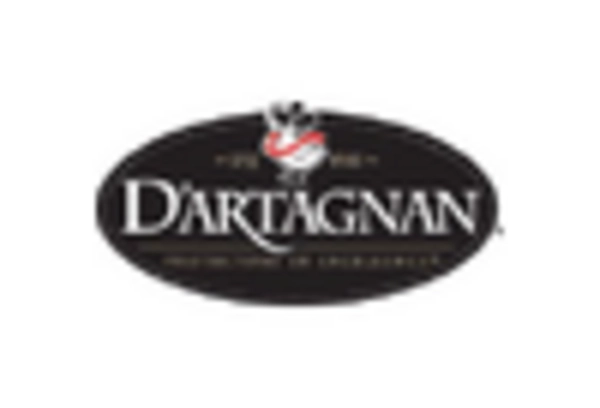
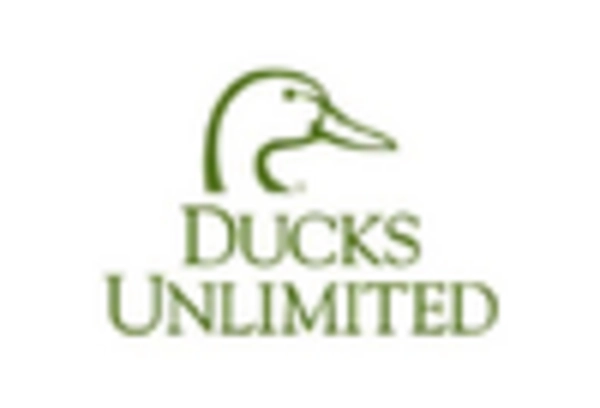
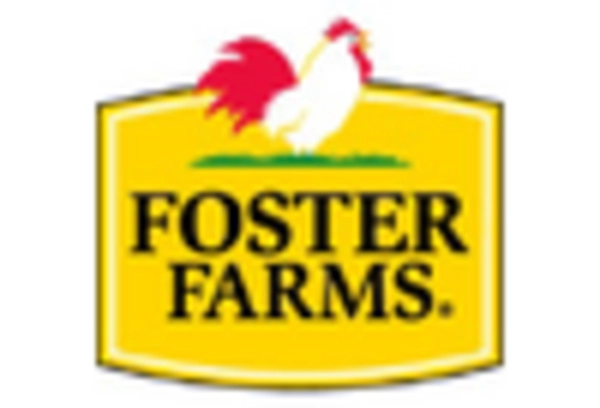
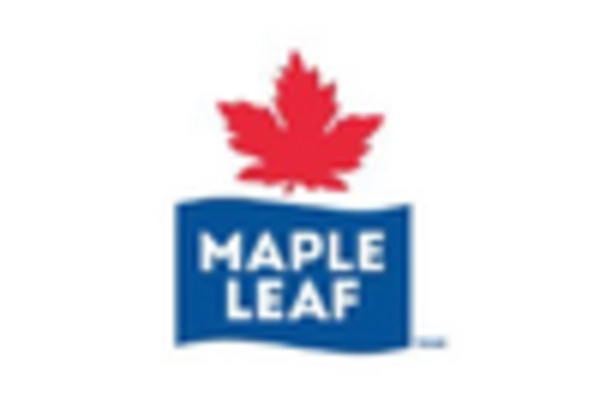









Leave a Comment